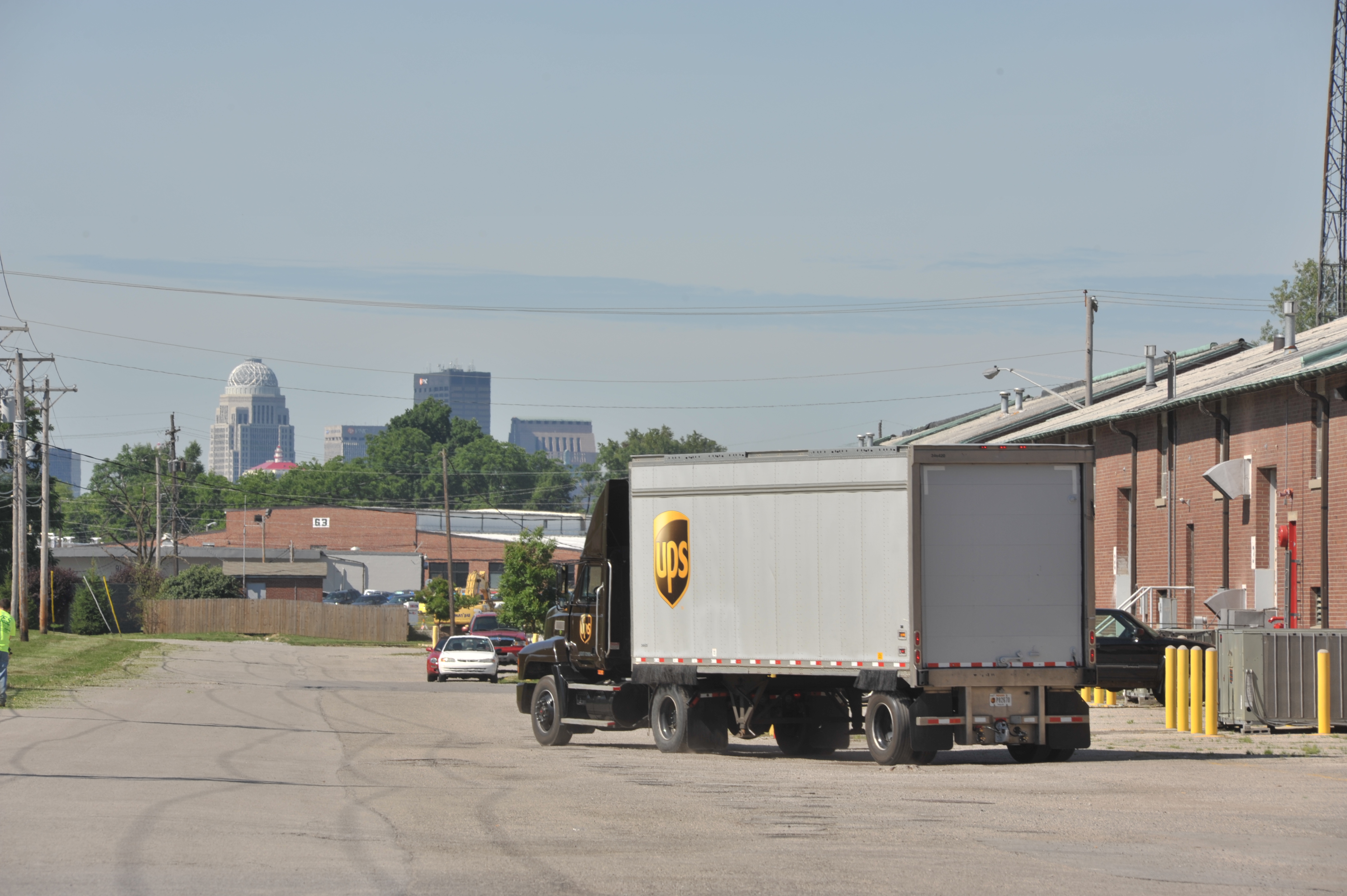

The rapid growth of e-commerce has changed the way goods move from businesses to consumers. Online sales are now growing three times faster than in-person sales, and this trend shows no sign of slowing. As a result, traditional supply chain models are no longer sufficient—retailers and logistics providers must now adapt to a new standard driven by speed, convenience, and technological advancement.
Last-Mile Delivery: The New Battleground
Today’s consumers expect fast, accurate, and transparent delivery. Two-day shipping, popularized by Amazon, has become the norm—and many businesses are now pushing for next-day or even same-day delivery to stay competitive. This surge in expectations has made last-mile delivery one of the most critical aspects of e-commerce logistics. It's no longer enough to move products to stores; goods must now travel directly to customers’ doorsteps.
To meet these demands, companies are rethinking their distribution strategies. Positioning warehouses and fulfillment centers closer to high-density consumer areas can significantly reduce delivery times and improve customer satisfaction. These localized facilities help streamline order processing and speed up delivery, creating a more agile and responsive supply chain.
The Transformation of Warehousing
Warehouses, once designed for handling bulk orders and restocking retail shelves, are being reconfigured to support e-commerce fulfillment. With more consumers purchasing individual items or smaller batches online, facilities must adapt to manage higher order volumes, increased complexity, and tighter delivery windows.
This transformation requires larger space and more advanced systems. The need for faster picking, packing, and shipping has led to a boom in distribution center development. Warehouses now play a central role in the customer experience and must be equipped with modern technology to keep pace.
Key changes include:
Expanded storage capacity to handle more inventory
Real-time tracking systems for better visibility and accuracy
Automation and robotics to accelerate processing
Flexible layouts to accommodate both small and bulk orders
The Role of Technology
Advanced technology is no longer optional—it’s essential. Data analytics, artificial intelligence, and machine learning are helping businesses predict customer behavior, manage inventory more efficiently, and optimize delivery routes. This enables not only faster fulfillment but also greater personalization and improved customer service.
Consumers now expect detailed tracking information, flexible return options, and consistent communication throughout the delivery process. Meeting these expectations requires seamless integration across platforms and a commitment to continued technological advancement.
Industrial Real Estate and Distribution Networks
The rise of e-commerce has significantly impacted industrial real estate. There’s an increasing demand for strategically located warehouses that can support rapid order fulfillment. Businesses must invest in building or leasing facilities near key markets, with access to major transportation routes and last-mile delivery infrastructure.
But distribution networks alone aren't enough—they must be supported by efficient transportation systems and enough capacity to handle growing order volumes. Coordination between warehouses, carriers, and technology platforms is vital to ensure orders reach customers quickly and accurately.
E-commerce’s convenience—allowing consumers to shop from home, save time, and avoid transportation costs—has permanently changed buying behavior. In response, businesses must evolve their logistics models. This means not just investing in technology, but also reimagining how products are stored, picked, packed, and delivered. The future of commerce is fast, data-driven, and customer-centric. Those who adapt their supply chains accordingly will be best positioned to thrive in this ever-expanding digital marketplace.
Adapt Your Warehouse for E-commerce Success: 6 Key Strategies
Ecommerce logistics surge sparks a distribution center boom
E-Commerce's Impact on Industrial Real Estate Demand | CBRE
E-commerce on Distribution: Reshaping Networks and Business Models
The Impact of E-commerce Growth on Logistics and Distribution
The Rise Of E-commerce And Its Impact On Logistics